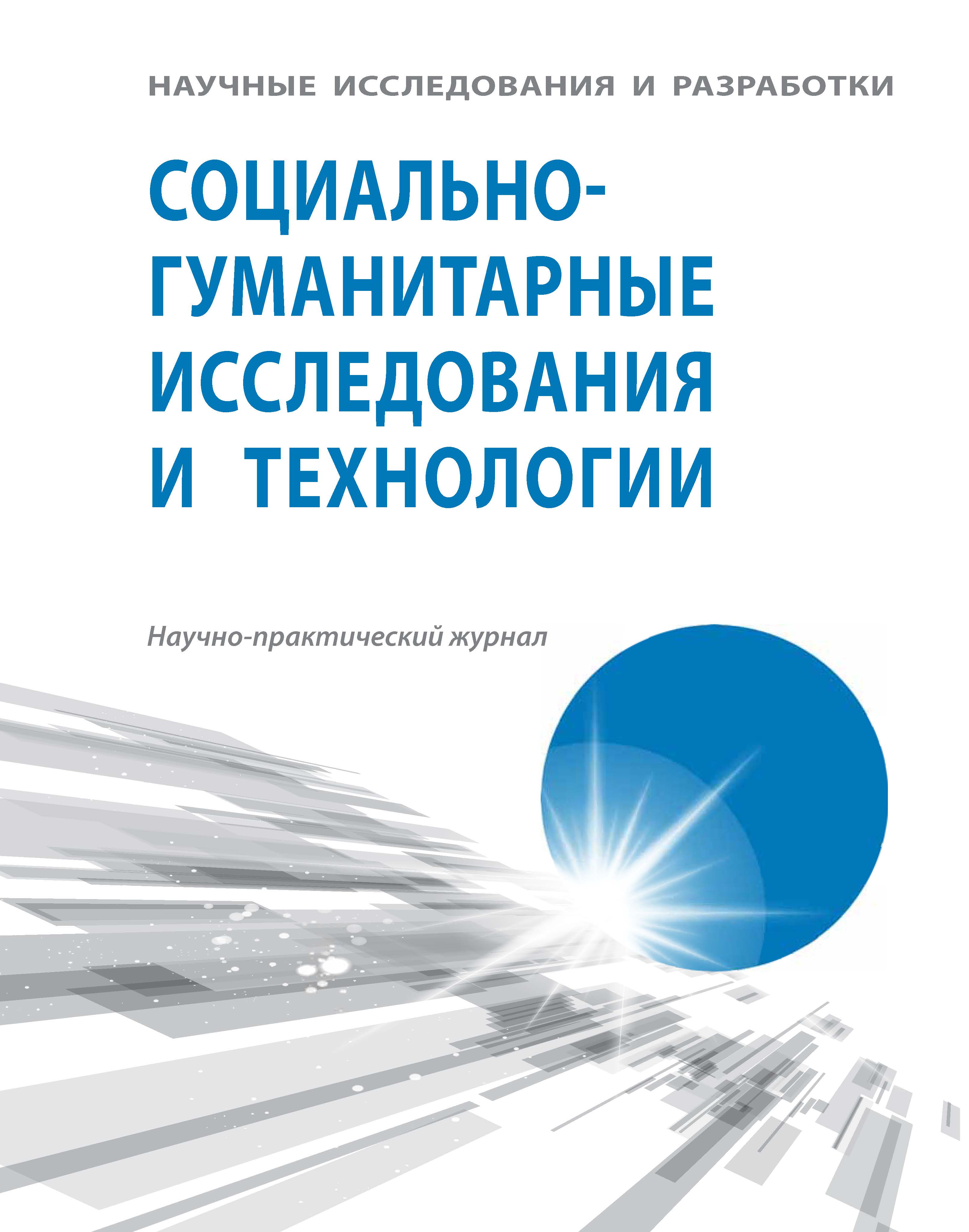from 01.01.1992 to 01.01.2025
Glazov, Izhevsk, Russian Federation
UDC 31
CSCSTI 14.01
Russian Classification of Professions by Education 44.07.01
Russian Library and Bibliographic Classification 74
BISAC EDU002000 Adult & Continuing Education
Modern theory of learning uses v arious metaphors and analogies that explain the educational process features. The article is devoted to the analysis and further development of metaphors «man – communication channel» and «brain – message decoder» widely used in didactics and cognitive psychology. It discusses the possibility of semantic complexity assessing of the educational text or oral message and building its complexity profile. For this, the analyzed text is divided into elementary phrases expressing simple thoughts. The semantic complexity of phrase relative to certain thesaurus is considered to be equal to the number of words that need to be spoken to explain it to the student with the given thesaurus. Assessing the complexity of each phrase, you can create complex text profile – graph of dependence of the phrase presence probability in the text from its complexity. The concepts «transmission coefficient of the brain decoder», «volume and information understanding coefficients» are introduced. The mathematical modeling methods show how the learning result depends on the co mplexity profile of the educational material and the capacity of the student’s «decoder brain». With the growth of student’s knowledge an increase of the volume and information understanding coefficients occurs. The computer model simulating the learning process is built. It is taken into account that: 1) the teacher and the student form an information semantic system, and the training is reduced to the perception (listening or reading) of the increasing complexity texts sequence; 2) as the student learns more complex ideas (phrases), the message decoder capacity in creases because of the «near development zone»; 3) the greater the complexity of the acquired ideas (phrases), the higher the rate of forgetting. The simulation results show that the considered metaphor and the proposed models really allow to explain how the training takes place.
decoding, informative value, metaphor, modeling, training, memory, complexity, educational text
1. Andreev N.D. Statistiko-kombinatornye metody v teoreticheskom i prikladnom yazykovedenii. - L.: Nauka, 1967. 403 s.
2. Valgina N.S. Teoriya teksta. Uchebnoe posobie. - Moskva, Logos. 2003. 280 c.
3. Velichkovskij B.M. Kognitivnaya nauka: Osnovy psihologii poznaniya: v 2 t. - M.: Smysl: Izdatel'skij centr “Akademiya”, 2006.
4. Gel'fman E.G., Holodnaya M.A. Psihodidaktika shkol'nogo uchebnika. Intellektual'noe vospitanie uchashchihsya. - SPb.: Piter, 2006. 384 s. EDN: https://elibrary.ru/PVNQXL
5. Gojhman O.Ya., Nadeina T.M. Rechevaya kommunikaciya: Uchebnik. INFRA-M: Moskva, 2008. 207 c.
6. Dormashev Yu.B., Romanov V.Ya. Psihologiya vnimaniya. - M.: Trivola, 1995. 352 s.
7. Zagvyazinskij V.I. Teoriya obucheniya: Sovremennaya interpretaciya: Ucheb posobie dlya stud. vyssh. ped. ucheb. zavedenij. - M.: Izdatel'skij centr “Akademiya”, 2001. 192 s.
8. Zinchenko T.P. Pamyat' v eksperimental'noj i kognitivnoj psihologii. - SPb. Piter, 2002. 320 s.
9. Klarin M. V. Innovacii v obuchenii: metafory i modeli: Analiz zarubezhnogo opyta. - M. Nauka, 1997. 223 s. EDN: https://elibrary.ru/VCDZYJ
10. Kognitivnyj podhod. Nauchnaya monografiya / Pod red. V.A. Lektorskogo. M.: Kanon + ROOI «Reabilitaciya», 2008. 464 s.
11. Kuznecov I.P. Mekhanizmy obrabotki semanticheskoj informacii. - M.: Nauka, 1978. 174 s.
12. Mishankina N.A. Metafora v nauke: paradoks ili norma? - Tomsk: Izd-vo Tom. un-ta, 2010. 282 s. EDN: https://elibrary.ru/RUTYDV
13. Majer R.V. Issledovanie matematicheskih modelej didakticheskih sistem na komp'yutere: monografiya. - Glazov: Glazov. gos. ped. in-t, 2018. 160 s. EDN: https://elibrary.ru/UVYNUV
14. Mayer R.V. Assimilation and Forgetting of the Educational Information: Results of Imitating Modelling // European Journal of Contemporary Education, 2017, 6(4), pp. 739-747. DOI: https://doi.org/10.13187/ejced.2017.4.739; EDN: https://elibrary.ru/ZWREMJ







